Flash Photography Techniques
Off-camera flash ~ Flash photography basics ~ Using video lights
![]()
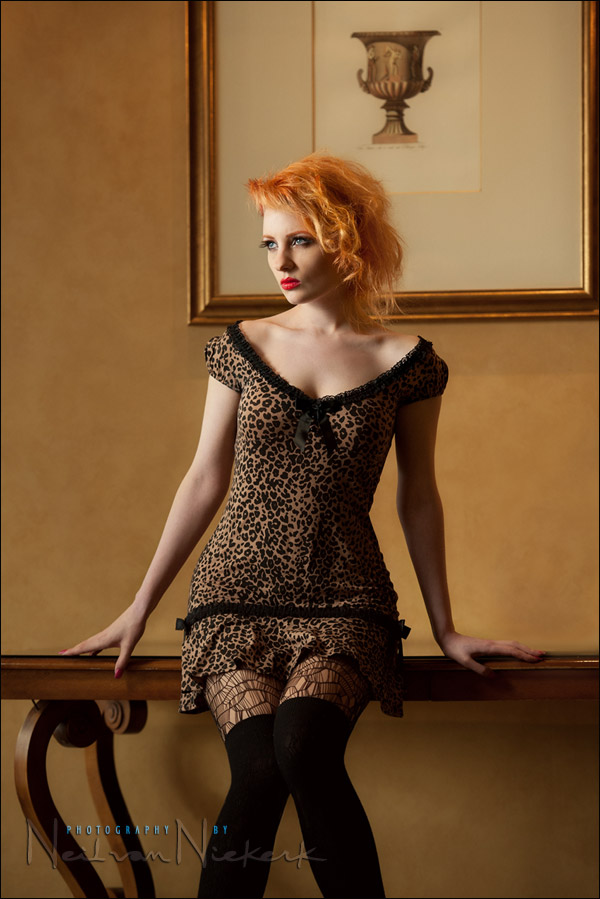
Flash photography basics – putting it all together
The preceding pages in this series built up from the basic ideas, to larger topics such as off-camera flash, and using video light. So there is a certain narrative there. With this page – a list of 10 key elements of flash photography – I want to pull together the most useful concepts. These are things we need to know to make us stronger photographers, and more confident in how we use light and flash.
1.) Don’t get caught up in camera settings – it is all about the direction of light
Too many photographers who are new to flash and lighting, get stuck on the settings and the gear & lighting paraphernalia. (And admittedly, I do love the toys.) However, once you understand that direction and quality of light trumps pretty much every other consideration, with the exception of the moment. The actual sublime moment of capturing something astonishing. That is about the only thing I think that overrides the consideration of light.
Once anyone grasps the importance of this – direction of light – then they also soon realize there is a certain fundamental approach to all this, whether on-camera bounce flash / off-camera flash / video light / ambient light.
Related articles:
– “Using the available light” is not random
– Direction of the light – using available light (model – Shawna)
– Observing and using the available light (model – Anelisa)
– Exposure metering & observing the available light (model: Aleona)
– Looking at the available light
– Direction of light & choice of background (model – Catherine)
– Bounce flash technique – mimicking soft window light
2.) TTL vs manual flash
This is a perennial topic on the Tangents blog. TTL flash and manual flash. Many photographers have a dogmatic view about this, with a one-correct-way-only view about this. But I firmly believe that the photographer that can happily flip between the two different modes of flash, is the stronger photographer. Instead of trying to force the technique to the specific shooting scenario, we just adapt.
Sometimes TTL flash makes our lives easier; sometimes manual flash is the most logical way of using flash. It’s not a topic for debate. Just get out there and shoot, and use whichever makes your life easier. And if you work on location, (i.e. outside of a studio), then the truth is, that you really need to be able to use both modes of flash equally well.
TTL flash and manual flash are two very different beasts. And if someone tells you that “aperture controls flash and shutter speed controls ambient”, then just know they have a limited view of how flash photography works.
Related articles:
– Manual flash vs TTL flash
– When aperture does NOT control flash exposure
– Flash exposure is controlled by aperture – but only for manual flash
– Shutter speed does not necessarily control your background exposure!
3.) Balancing flash + ambient
We can use flash to augment the ambient light, balancing flash and ambient equally. Or we can just use flash as a fill-light to reduce the contrast.
The converse is also true – we can use the ambient light to reduce the contrast of our flash. This idea relates directly to the concept of “dragging the shutter“. Just keep in mind that if we use TTL flash, we could change either our aperture or ISO or shutter speed, to affect our ambient light. TTL is different than manual flash!
Fill-flash usually means we have a range of settings where the images look good. There isn’t necessarily a right or wrong. We have choices .. and we have a margin of error. The beauty of this is that it gives us the leeway to just shoot .. get the shot! Anguish less about your settings, because direction & quality of light, and the idea counts more.
Related articles:
– Flash photography tutorial
– On-camera TTL fill-flash
– So what are your camera settings?
– Balancing flash with ambient exposure
– Exposure metering and adding flash
– Flash + ambient light
4.) Maximum flash sync speed
During workshops and seminars, I tell photographers that the only setting I can give them – the only numerical value that I can give them, is the maximum flash sync speed of their camera. There’s something very special happening there that we absolutely have to understand before we can truly get to grips with flash photography.
So if you crave a setting, then here it is:
– the importance of understanding max flash sync speed
5.) High-speed flash sync – it shouldn’t be a default way of using flash
The converse of this is .. you very often often need more DoF than f2.8 and f1.4
The funny thing about high-speed flash sync – the moment a photographer realized that his / her camera can go over maximum flash sync speed, into high-speed flash sync, they seem to feel they’ve joined an elite club of people who know about high-speed flash sync. So they tend to work there.
They also often throw the idea out there that to work in bright sunlight, you need to go to high-speed flash sync .. because, you know, the shutter speed kills the ambient light. The truth is, the higher shutter speed kills your flash output faster than it kills the ambient light.
My strong suggestion is that high-speed flash sync should not be the default way of using flash, but that you should really only use high-speed flash sync when:
– you need that shallow depth-of-field, or
– you need that faster shutter speed …. and you have flash power to spare.
For the rest of the time, we’re better off working at or below maximum flash sync speed.
Related articles:
– Tutorial: high-speed flash sync
– Using multiple speedlights with high-speed flash sync
– Using a neutral density (ND) filter with flash
6.) Dealing with hard sun
Okay, so using high-speed flash sync isn’t immediately the best way to deal with hard sun. Here are other ways of working with what is probably one of the most difficult scenarios to shoot in – hard sunlight:
– Overpowering hard sunlight with flash (model – Johannie)
– Photographing in hard sunlight with on-camera flash (flowergirls)
– Photographing wedding portraits in bright sunlight
– Overpowering the sun with flash (models: Sarah & Mark)
7.) How the inverse square law works for us when we bounce flash!
One of the potentially scary things that confronts anyone new to flash photography, is the inverse square law. But it can work for us. Also, understanding how the inverse square law works, is a good thing anyway.
– Bounce flash photography & the inverse square law
8.) Equidistant bounce flash
Related to the inverse square law helping us with bounce flash photography, is the concept of equidistant bounce flash. When your foreground subject and background elements are equidistant from your bounce flash source (not your flashgun!), then you have a foreground and background which is evenly lit. This is one of those big aha! moments.
Related articles:
– Throw away the tupperware! – improving your bounce flash photography
– Bouncing flash inside large venuesh – adding TTL flash to ambient light
– Flagging your bounce flash – vs – simple bounce flash
– Bounce flash examples – wedding receptions
9.) Gelling your flash
Gelling our flash is the simple technique of changing the color of our flash to match that of the ambient light – in this case, specifically incandescent lighting:
– Gelling flash for tungsten
– Shooting in low light – flash and incandescent light
– Wedding photography – dealing with the videographer’s light
But not only do we use gels to correct for color casts, (ie to correct the WB of your flash for ambient), we can also use a gel to purposely introduce a difference in WB between ambient and flash:
– Gelling your flash for effect – blue background (model: Anelisa)
– Flash photography technique – turning day into night
– Gelling your flash for effect (model: Bethany)
10.) First curtain / rear curtain sync
Rear-curtain flash sync is another one of those things with flash photography where it seems to be “in” or even “trendy” to use rear-curtain flash sync … even when it isn’t necessary, or can even work against you:
– First curtain sync vs rear curtain sync
– When (not) to use rear-curtain flash sync
 further reading: Using video lights for photography
further reading: Using video lights for photography
Help support this website
If you find these articles of value, please support this website by using these Amazon and B&H affiliate links to order your photo gear.
I also offer photography workshops and tutoring sessions. There are also video tutorials, which are online workshops on photography.
Join us on the Tangents Facebook group for further discussions.
Neil vN
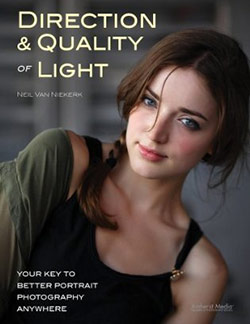
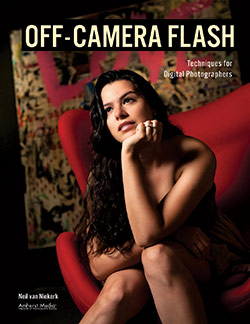
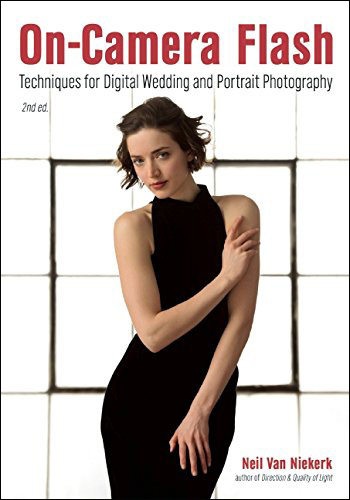
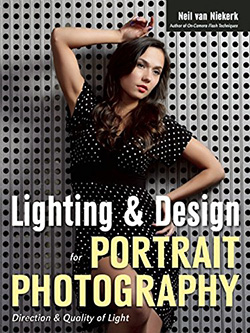
Excellent aggregation of your past articles! I’ve got this bookmarked.
Neil,
I have your on camera flash book and this article is another great resource to demystify the dark (!) art of flash photography. Thanks so much for your generosity in providing this.